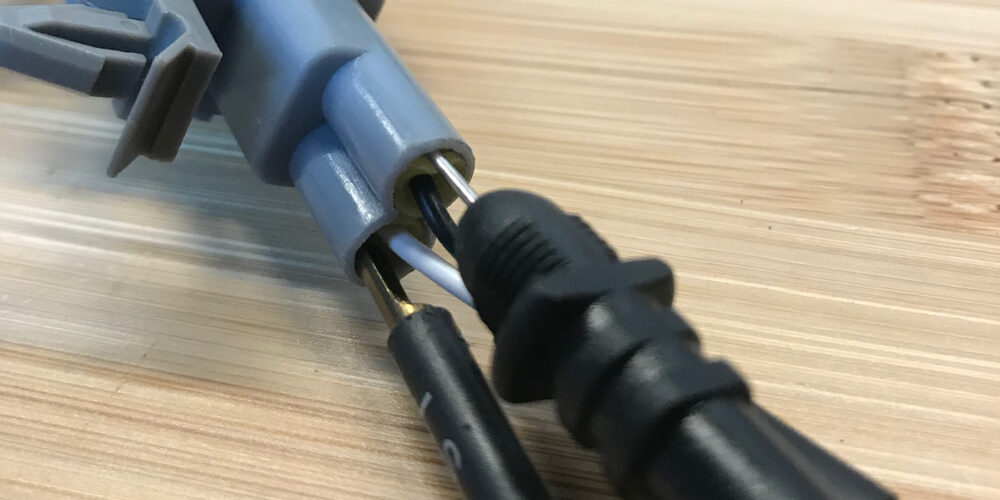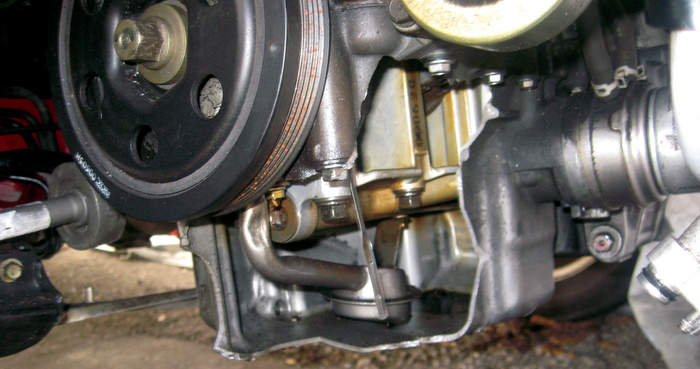
Newsflash: Hybrids are here to stay. The oldest Toyota Prius models are now 14 years old and many other hybrids from other manufacturers are crossing the 100,000-mile mark every day. Here are a few of my Silver Bullets, — or in this case “Green Bullets” — to help you maintain and service hybrids.
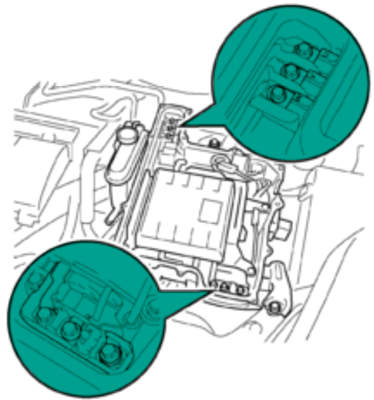 Toyota: Restricted Hybrid Modes
Toyota: Restricted Hybrid Modes
Toyota Prius and Camry hybrids have a 40 horsepower or more electric motor located between the engine and transmission, under the inverter. I’ve encountered two scenarios with these vehicles that both result from the same problem.
Scenario 1: The vehicle has no hybrid characteristics. In this state, the internal combustion engine is doing all the work, including regenerative braking. Scenario 2: With the internal combustion engine off, the vehicle will not go over 10 mph.
The most common pattern failure I’ve seen is the connections between the battery, inverter and motor. These are the orange cables that carry around 275 volts on the second-generation Toyota hybrids. These are secured with a bolt that can become loose over time, which results in a bad connection.
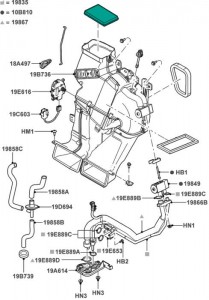
Honda Insight: Oil Pan
The 2000-‘06 Honda Insight has a magnesium oil pan. The threads on its drain plug hole are frail. Replacement plugs and gasket are available. Always use a torque wrench set to 29 ft.-lbs, and take the time to look for cracks, especially around the oil filter.
Ford Escape: Battery Filter
The Ford Escape hybrid has a special air filter for the battery pack’s cooling system. The air intake for the hybrid battery cooling system is located at the rear edge of the driver side cargo area side glass. Air for the battery is filtered by a serviceable filter located behind the driver side cargo trim panel. The normal service recommendation is to inspect and replace this filter as needed every 10,000 miles (16,000 km). The airflow from the Hybrid Vehicle (HV) battery exits under the vehicle, behind the bumper on the driver side.
Lexus: Rocking at Highway Speeds
Under certain circumstances, 2006-‘07 model year RX 400h owners may experience a back and forth “rocking” condition while maintaining the vehicle at a constant highway speed around 70 mph. The condition might feel like a worn suspension. However, Lexus has updated the HV ECU logic to help improve this condition.
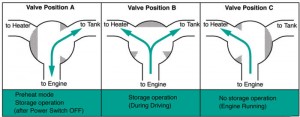
Toyota P1121: Replace the Coolant Flow Valve
The Toyota Prius has complex cooling systems to make sure the battery, electric motor and engine run at optimal temperatures. This is done primarily with the coolant flow valve. A P1121 code means the valve should be replaced.
The ECM monitors the position of the valve based on the valve position signal from the water valve position sensor (potentiometer), which is connected to the valve. The ECM determines the position of the valve according to the voltage of the respective step.
The ECM checks for malfunctions by monitoring the various temperature sensors. If the valve changes position and no changes or slow changes in temperature occur, it will set the P1121 code. The only way to resolve this problem is to replace the coolant flow valve and flush the system.
This system of sensors can also detect if the coolant heat storage tank is no longer functioning.
Hybrid Weight Oils
Some late-model hybrids call for 0W-20 or 5W-20 weight motor oil. Not using the correct weight will damage the top-end of the motor, but the most likely outcome is a code will set for the variable valve timing system. Without the correct oil weight, actuation of the solenoid and servo that controls camshaft timing will be off and detected by the camshaft position sensor. This can even occur if a Toyota Prius is filled with 5W-30 oil.





